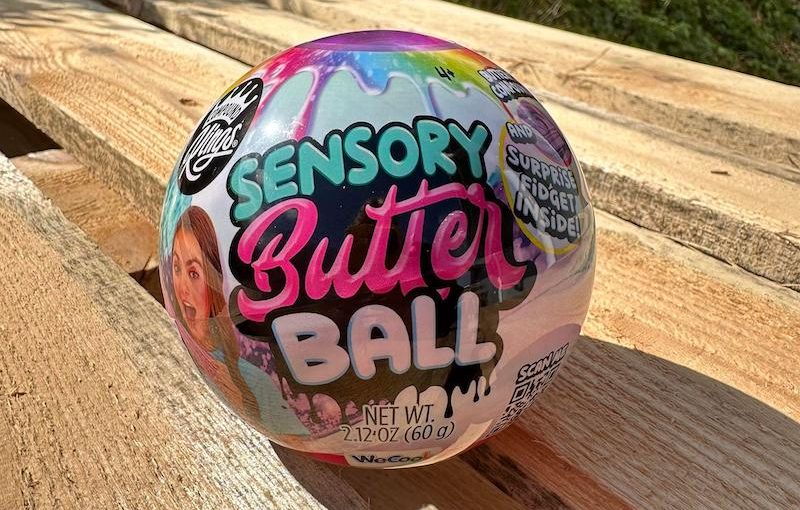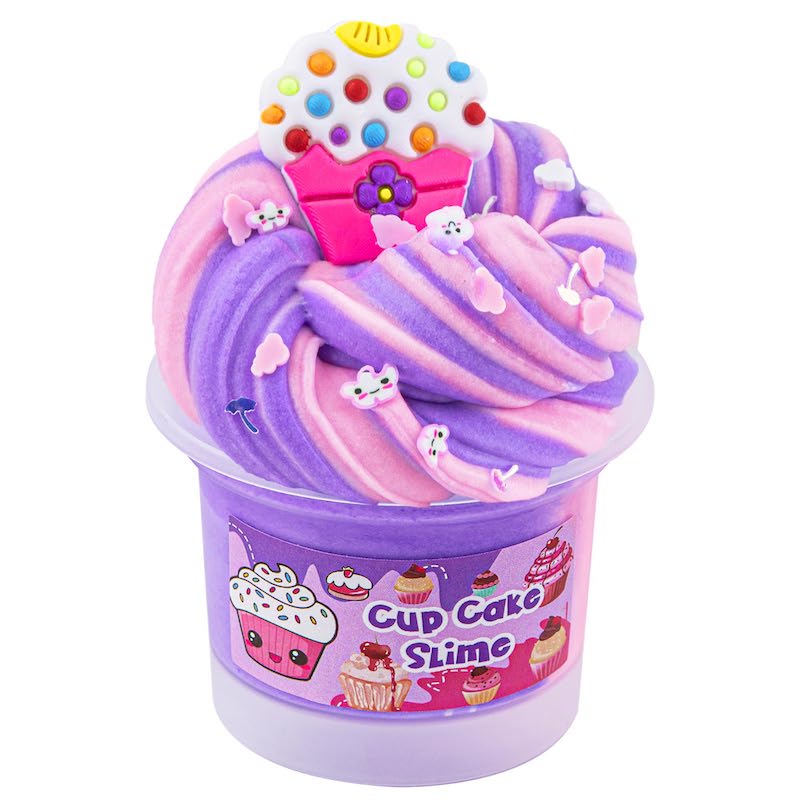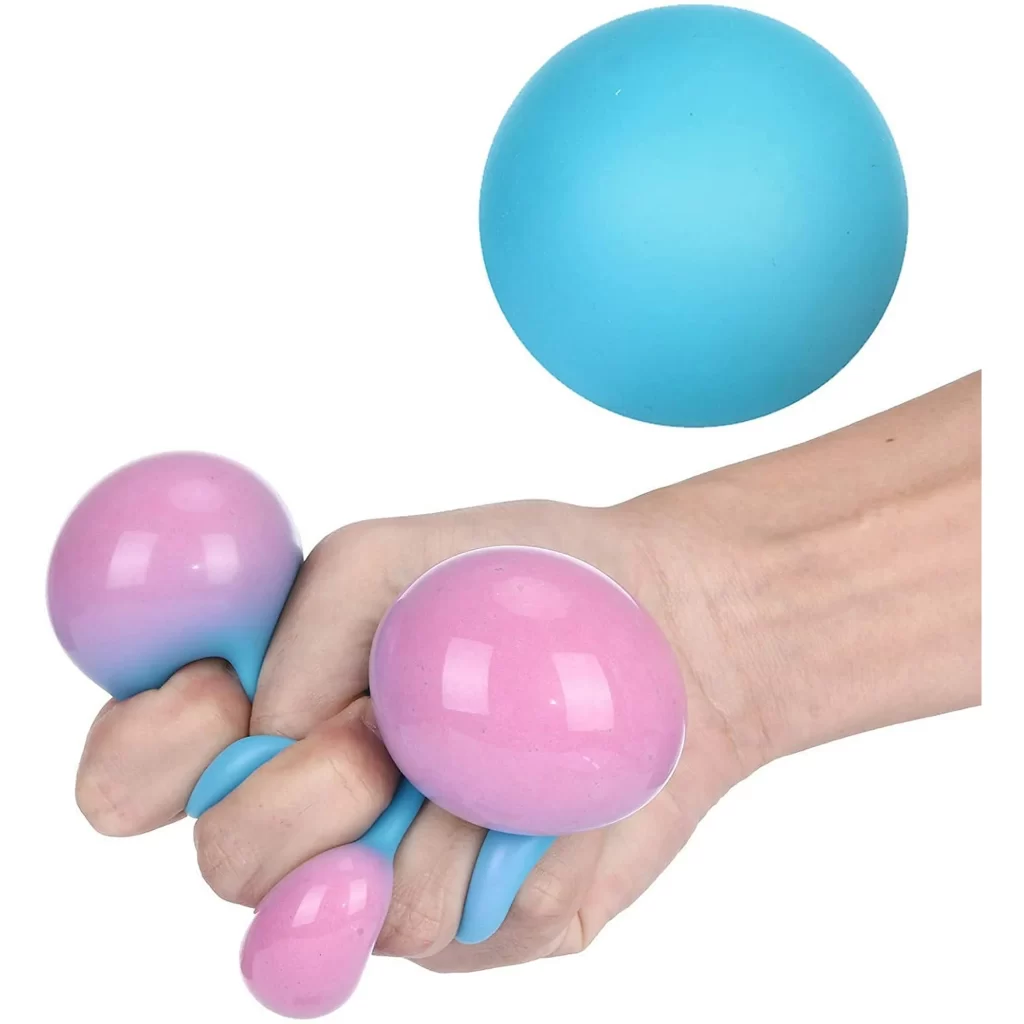Introduction to Sensory Butter Balls
Sensory butter ball is a fantastic way to engage toddlers in fun and learning. These soft, pliable balls are designed for little hands to squeeze, roll, and explore. Each ball combines various textures and colors, stimulating a child’s senses as they play. Sensory play, like with butter balls, supports early development in many ways. It can help build nerve connections in the brain, encouraging motor skills and problem-solving abilities. Plus, sensory butter ball can aid in calming an anxious or frustrated toddler, providing a soothing tactile experience. Making sensory butter balls at home is both easy and affordable. With simple ingredients and a little time, you can create a playful learning tool that is safe and reusable. In this blog, we will delve into the benefits of sensory play, provide a simple recipe for homemade sensory butter balls, and share tips for ensuring safe play. Get ready to add a touch of squishy fun to your toddler’s day!
The Benefits of Sensory Play for Toddlers
Sensory play is vital in a toddler’s growth. Engaging with items like sensory butter balls boosts their development. It lets them use their senses to understand the world. Touch, sight, and even sound come into play. Sensory butter balls help improve motor skills. Toddlers squeeze, pinch, and roll them, which builds muscle movement.
Sensory activities promote cognitive growth, aiding memory and problem-solving. Toddlers learn cause and effect as they play with these balls. For example, they discover that pressure creates a change in shape. This exploration fosters curiosity and knowledge.
Sensory play also develops language skills. Toddlers describe what they feel, see, and hear. Words like soft, squishy, or bumpy get added to their vocabulary. Such interactions aid their communication growth.
Moreover, these activities offer emotional benefits. They can soothe and calm a restless child. The tactile experience of a sensory butter ball can reduce tantrums and stress. This play is also a social tool, encouraging toddlers to share and take turns. They learn to interact and play with others.
On top of these, sensory butter balls are fun. They provide joy and laughter, key to any learning experience. The act of playing itself is central to a happy, healthy childhood.
Overall, play with sensory butter ball supports a well-rounded development. It touches on key areas: motor skills, cognitive and language development, emotional well-being, and social skills. Plus, it brings the simple pleasure of play into everyday learning.
How to Make Sensory Butter Balls at Home
Creating sensory butter balls at home is a simple and enjoyable process. With a few basic ingredients, you can make these tactile tools that offer endless hours of educational play for your toddler. Let’s walk through the basic steps needed to craft your own sensory butter balls, ensuring they are safe and engaging for your little one.
Gather Your Materials
Start by collecting the necessary materials. For homemade sensory butter balls, you will need:
- Flour
- Water
- Food coloring (for visual stimulation)
- Textured items (like rice or beads)
Choose colors that are bright and appealing. Textured items should be safe for a toddler’s use.
Mixing Your Ingredients
In a bowl, mix flour and water to create a dough. Aim for a consistency that isn’t too sticky. Add food coloring to the dough for a splash of color. If you want various colors, divide the dough beforehand.
Adding Textures
Now, incorporate the textured items into the dough. This can be rice, beads, or anything that provides a safe, tactile experience. Mix these items evenly throughout the dough.
Shaping Your Balls
Once the dough is ready, take small portions and roll them into balls. The size should fit comfortably in a toddler’s hand.
Let Them Set
After shaping, set the balls aside to dry. This may take several hours.
Safety Check
Before handing them to your toddler, ensure there are no loose pieces that could pose a choking hazard.
By following these steps, you’ve created an invaluable sensory tool right at home. Remember to supervise your child during play to ensure they are safe and getting the most out of their sensory learning experience.
Essential Ingredients for Your Sensory Butter Balls
To start your sensory butter ball project, you’ll need some key ingredients. These ingredients are not only common but also safe for children. To ensure your homemade sensory butter balls are effective and engaging, here’s the list of must-haves:
- Flour: This will be the base of your butter balls. It gives them shape and consistency.
- Water: Needed to combine with the flour to create the dough. Adjust the amount for the right texture.
- Food Coloring: This adds a visual element to stimulate sight. Opt for non-toxic, food-grade options.
- Texture Elements: Items like rice, beans, or small beads can be mixed into the dough to create texture.
When choosing your ingredients, aim for variety in texture and colors for maximum sensory input. Remember to use safe, non-toxic materials, especially since toddlers will be handling them closely. The right ingredients will result in sensory butter balls that are not only safe but also beneficial for your toddler’s development.
Step-by-Step Guide for Creating Sensory Butter Balls
Creating sensory butter balls involves a few easy steps. This step-by-step guide will outline the process. Let’s make sure your toddlers can enjoy these sensory delights.
Gather Your Materials
First, find all the ingredients: flour, water, food coloring, and textured items.
Mixing Your Ingredients
Next, mix flour and water in a bowl. Add food coloring now for colorful balls.
Adding Textures
Then, add rice, beads, or similar items to the dough for texture.
Shaping Your Balls
After, take small dough pieces and roll them into ball shapes.
Let Them Set
Let the shaped balls dry for a few hours until they harden.
Safety Check
Lastly, do a safety check. Look for loose parts that might be dangerous.
Follow these steps for safe, engaging sensory play with your homemade sensory butter balls.
Safety Precautions for Making and Playing with Sensory Butter Balls
Ensuring the safety of toddlers during sensory play is crucial. When making and playing with sensory butter balls, here are some safety tips to keep in mind.
Choose Non-toxic Materials
Always use food-grade, non-toxic materials, especially for the food coloring and texture elements. Toddlers often explore with their mouths, so it’s important to avoid any harmful substances.
Check for Choking Hazards
Before giving sensory butter balls to your toddler, examine them closely. Make sure there are no small parts that could come loose and become choking hazards.
Supervise Playtime
Never leave your toddler unattended with sensory butter balls or any play materials. Close supervision ensures they are playing safely and not putting themselves at risk.
Allergy Awareness
Be aware of any allergies your child might have. For example, if your child is allergic to wheat, consider using an alternative to regular flour, like rice flour or cornstarch, for making the dough.
Cleanliness
Keep your sensory butter balls clean to prevent the growth of bacteria. After play, inspect and wash them as needed.
Regular Inspections
Over time, sensory butter balls can wear down. Regularly inspect them for tears or breaks that might cause the inner materials to spill out.
By following these simple precautions, you can provide a safe and enjoyable sensory experience for your toddler. Safety is the top priority, but it should not limit the fun and educational value of sensory butter balls.
Fun Activities and Games Using Sensory Butter Balls
Once you’ve crafted your homemade sensory butter balls, it’s time to play and learn! These versatile playthings can be used for a variety of fun activities and games. Here are some ideas that will not only entertain your toddler but also aid their development.
Color Sorting
Place sensory butter balls of different colors in front of your toddler. Ask them to group the balls by color. This simple sorting game boosts color recognition and organizational skills.
Counting Fun
Encourage your child to count the balls as they play. This helps build their numbers knowledge in a playful, hands-on way.
Texture Exploration
Let your toddler feel and describe the textures of each ball. They might say ‘rough,’ ‘smooth,’ or ‘bumpy.’ This activity enhances their sensory vocabulary and tactile awareness.
Hide and Seek
Hide the balls around the room and let your toddler find them. This gives them a delightful challenge and sharpens their problem-solving skills.
Passing Game
Sit in a circle and pass a sensory butter ball around to music. When the music stops, the person holding the ball is ‘out.’ This game teaches toddlers about rhythm and encourages social interaction.
Squeeze Relay
Set up a relay where your toddler has to squeeze a ball from one end of the room to another. This reinforces their fine motor skills and hand-eye coordination.
Incorporating these activities into playtime makes for dynamic learning experiences with the sensory butter balls. Remember to always supervise your toddler to ensure safety while they enjoy these engaging games!
Cleaning and Storage Tips for Sensory Butter Balls
After your toddler has spent time enjoying sensory butter ball activities, proper cleaning and storage are essential. By doing so, you’ll ensure the butter balls remain hygienic and durable for continued use.
Cleaning Sensory Butter Balls
Here is a guide to clean sensory butter balls:
- Wipe each ball with a damp cloth. Avoid soaking them in water.
- Use a mild soap for dirty or stained balls.
- Rinse with a clean, wet cloth to remove any soap residue.
- Air dry the butter balls before storing them to prevent mold growth.
Address cleanliness after every few uses or when the balls look dirty.
Storing Sensory Butter Balls
Storing sensory butter balls correctly prolongs their life and keeps them safe for playtime:
- Place the balls in an airtight container.
- Store the container in a cool, dry place, away from direct sunlight.
- Check for any loose parts before and after play, ensuring safety during storage.
Always supervise the use of sensory butter balls and check their condition frequently. Keeping the balls clean and well stored will make them a lasting educational tool for your toddler. Remember these simple tips to maintain the quality and safety of your homemade sensory butter balls.



